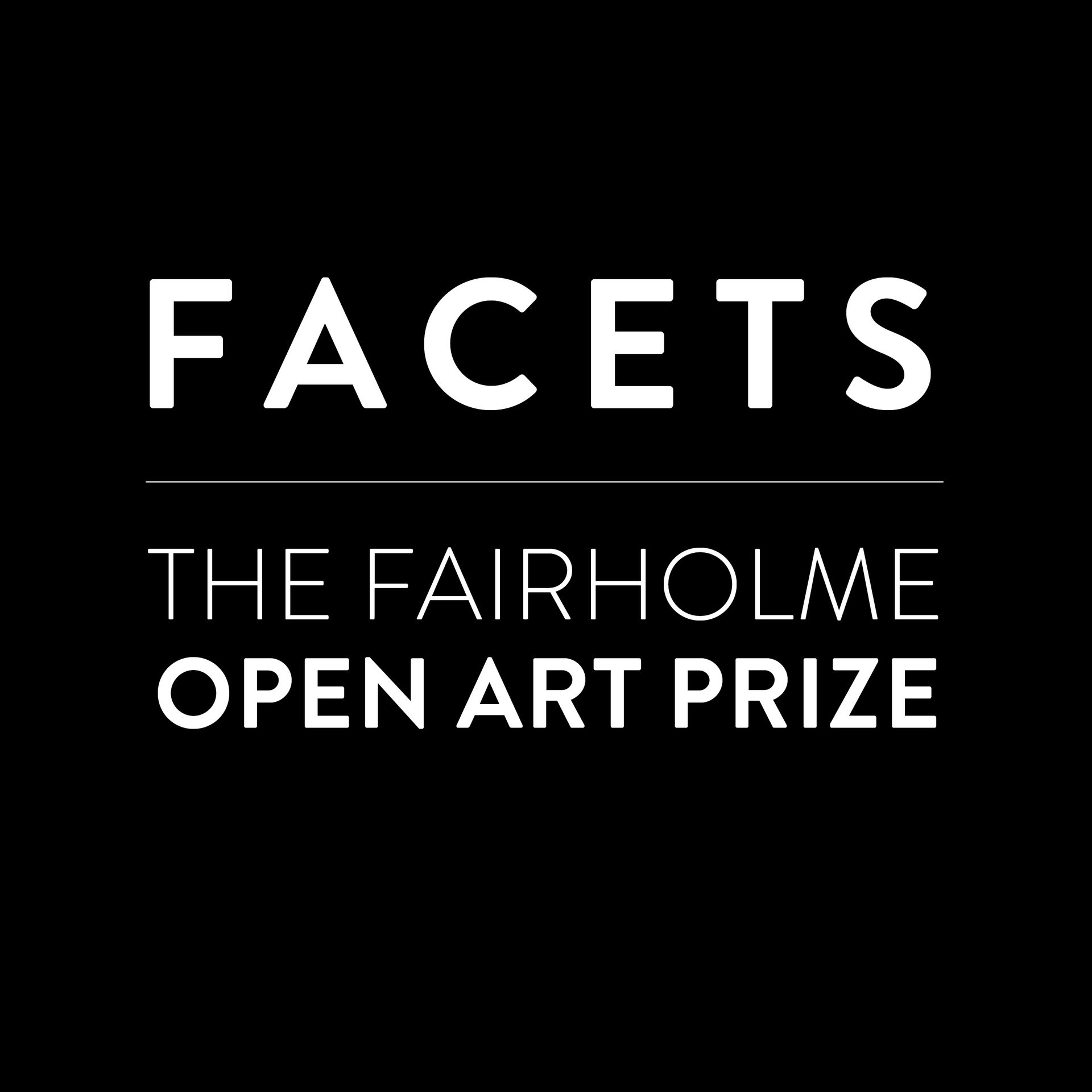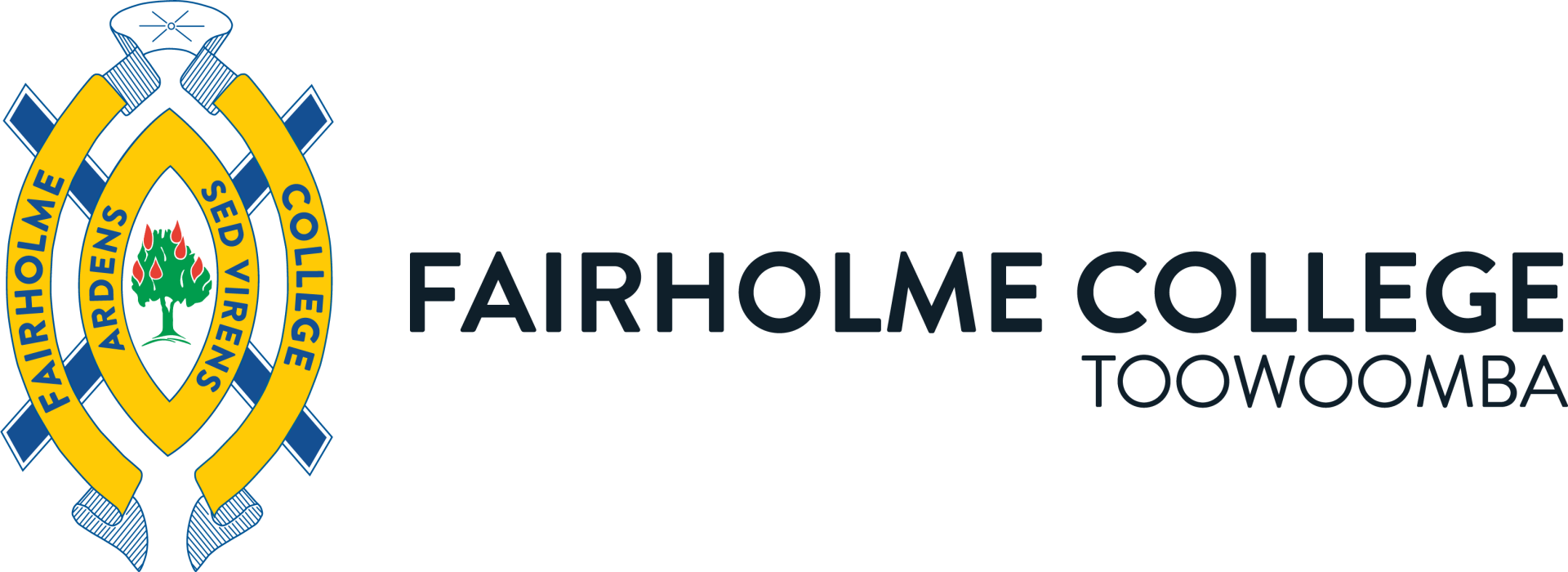Visual Art
at Fairholme
Button
Visual Art
Visual Art is a powerful and pervasive means of communication which students use to make images and objects, developing aesthetic meaning and understanding from informed perspectives.
In a world of increasing communication technologies, knowledge and understanding of how meanings are constructed and ‘read’ is fundamental.
The Â鶹ÊÓƵCollege Visual Arts course in Years 7 to 12 is based on the new Australian Curriculum syllabus documents. The Queensland Curriculum and Assessment Authority (QCAA) has developed advice, guidelines and resources incorporating the Australian Curriculum.
‘The Arts are fundamental resources through which the world is viewed, meaning is created and the mind is developed.’
- Elliot W. Eisner, Professor of Education and Art, Stanford University, 1997
Visual Arts in the Middle School
Years 7, 8 and 9
All students in Years 7 and 8 study Visual Arts for one semester of each year. The Year 9 Visual Arts course is an elective subject.
Visual Arts in the Middle School focuses on students making, displaying, reflecting on and appraising images and objects with a focus on skills development.
Students develop an understanding of visual language, and perception is nurtured, enabling them to be visually literate in the visual communication of cultures and societies, past and present.
They will engage in a variety of Art experiences
that will encourage them to develop personal expression and aesthetic awareness, as well
as gain a sense of satisfaction and enjoyment
from making artworks.
The Year 7 Art course explores the Elements
of Design through a selection of expressive art
experiences. Units of study (sample) include:
- Design – Exploring the Elements
- Drawing – Stylisation of Form
Units of study in Year 8 (sample) include:
- Design - Logos, layout and presentation
- Drawing - Realism to abstraction
- Colour Theory
- Painting - Major Task.
Units of study in Year 9 (sample) include:
- Drawing – Pastel Portraiture
- Sculptural ceramics – Themed Teapot/Shoe Design
- Painting – Reflecting Life
- Printmaking – Intaglio Etching.
Visual Arts in the Senior School
Year 10
The Year 10 elective Visual Arts course gives students many opportunities to explore, formulate ideas, express aesthetic understanding and solve problems using visual language and expression by researching, developing, resolving and reflecting.
Students will make and display images and objects to communicate intentions and demonstrate techniques, processes, skills and understanding of materials and technologies.
Students will appraise, analyse, interpret, evaluate and reflect on images and objects by artists, designers and craftspeople within a variety of contexts.
The study of art history focuses on 20th century Modern Art movements, Indigenous Australian and Asian Pacific and Contemporary Australian artists.
Learning experiences may include, but are not limited to:
- Drawing
- Painting
- Printmaking
- Sculpture
- Assemblage
- Ceramics
- Time-based Media
Visual Arts in the Senior School
Years 11 and 12
Visual Art uses an inquiry learning model, developing critical and creative thinking skills and individual responses through developing, researching, reflecting and resolving.
Through making and responding, resolution and display of artworks, students understand and appreciate the role of visual art in past and present traditions and cultures, as well as the contributions of contemporary visual artists and their aesthetic, historical and cultural influences.
In Years 11 and 12, the Visual Arts subject prepares young people for participation in the 21st century by fostering curiosity and imagination, and teaching students how to generate and apply new and creative solutions when problem solving in a range of contexts.
This learnt ability to think in divergent ways and produce creative and expressive responses enables future artists, designers and craftspeople to innovate and collaborate with the fields of science, technology, engineering and mathematics to design and manufacture images and objects that enhance and contribute significantly to our daily lives.
Visual Art is a course of study consisting of four units:
- Unit 1: Art as lens
- Unit 2: Art as code
- Unit 3: Art as knowledge
- Unit 4: Art as alternate
Units 1 and 2 provide foundational learning, which allows students to experience all syllabus objectives and begin engaging with the course
subject matter. Only the results from Units 3 and 4 will contribute to ATAR calculations.
Co-Curricular Visual Art
Complementing the curriculum, a range of exciting Co-Curricular Visual Arts opportunities are offered to facilitate student development creatively, socially and personally.
Students may participate in one of two Â鶹ÊÓƵVisual Art groups:
- Eikon (Senior School)
- Nokie (Middle School)
Â鶹ÊÓƵgirls additionally have opportunities to contribute to co-production Musical set-design, as well as projects such as creating works for the beautification of the College environment.
There are a range of exciting Visual Arts elective options offered during the annual Get smART Arts Festival.
Visual Arts students are encouraged to participate in community competitions and events, including:
- The Â鶹ÊÓƵOpen Art Prize – FACETS
- University of Southern Queensland’s ‘Future Visions’ Art Awards
- Toowoomba Art Society’s ‘Chronicle Junior Art Expo’ competition
- Exhibiting works at the Kaleidoscope Concert Series events such as the ‘Limelight Concert’, ‘A Box of Chocolates’, ‘Crème de la Crème’ and the ‘Curtain Call Arts Presentation Evening’.

The Â鶹ÊÓƵOpen Art Prize - FACETS
CONNECTING COMMUNITY THROUGH ART
Created in 2017, The Â鶹ÊÓƵOpen Art Prize – FACETS, presents a carefully selected and thoughtfully curated exhibition that invites a shared conversation, artistic expression, and audience engagement; and it is this, the celebration of Art, Education and Community that have become the focus of this annual exhibition.
The exhibition provides local, regional, national, and international artists an exciting opportunity to exhibit their works in a refined, boutique setting.




